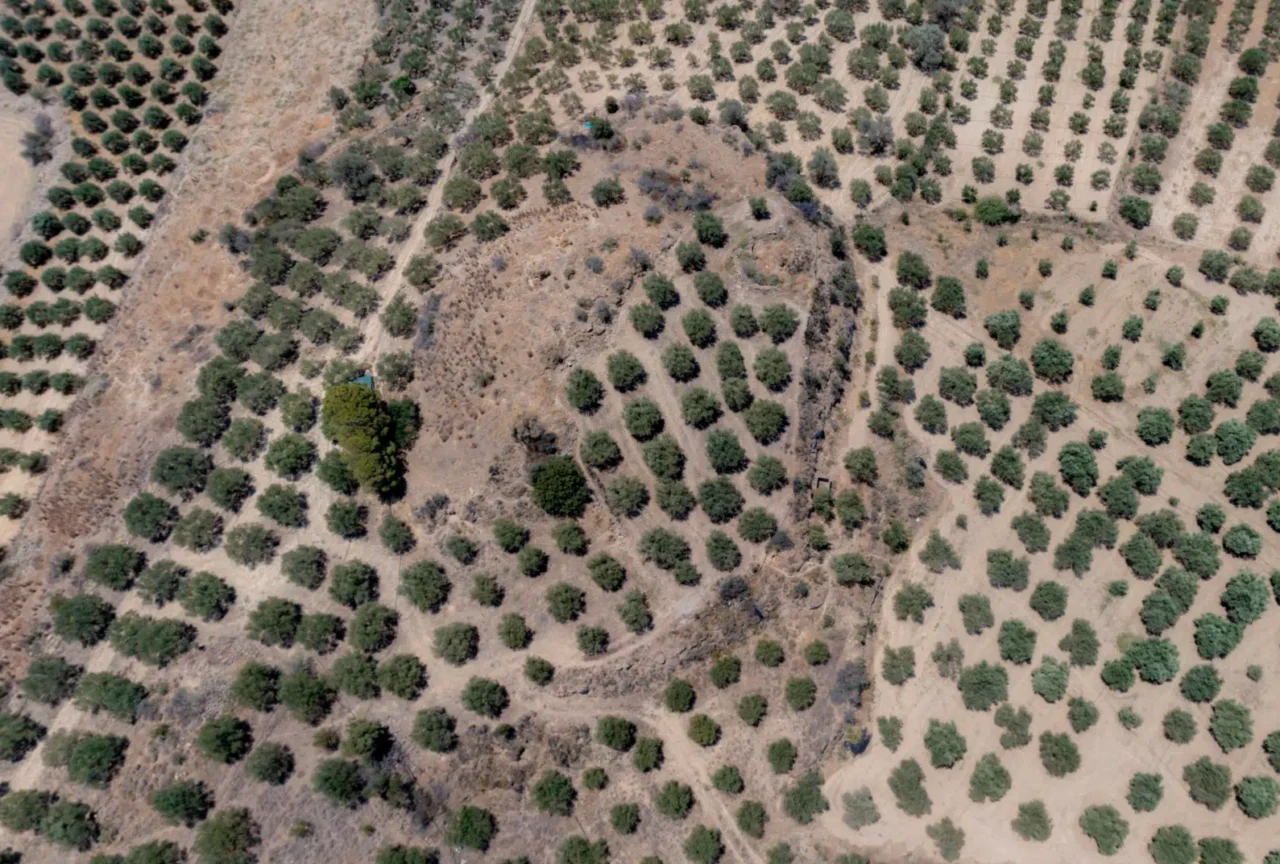
The Minoan Tholos Tomb at Porti, also known as Mpairami Papouri, is a significant archaeological site located 2 km southeast of Vassilika Anogia village in the Heraklion region of Crete. It stands as a testament to the rich Minoan civilization that flourished in the region during the Bronze Age. Tholos tombs, with their distinctive beehive-shaped chambers, were prominent burial structures used by the Minoans, and the tomb at Porti offers valuable insights into their funerary practices and cultural traditions.
Excavation and Findings
The tomb was initially excavated in the early 20th century by Stephanos Xanthoudides, a pioneering figure in Cretan archaeology. His investigations unearthed a wealth of artifacts, including pottery, figurines, and other burial offerings, shedding light on the material culture and artistic sensibilities of the Minoans.
In 2015, a new surface survey was conducted by the Heraklion Ephorate of Prehistoric and Classical Antiquities in collaboration with a Czech archaeological team. This survey aimed to reassess the tomb and its surroundings, utilizing modern technologies like digital mapping and orthophotography. The results provided a more comprehensive understanding of the tomb’s layout and its relationship to the surrounding Minoan settlement.
DNA Analysis of the Porti Tomb
A pilot study was conducted on ancient DNA from individuals buried in Tholos Tomb A at Apesokari and Tholos Tomb P at Porti. The analysis aimed to investigate family relationships and genetic connections with other prehistoric populations.
Findings in Simple Terms
- DNA Preservation: The overall preservation of DNA in the analyzed individuals was relatively poor, likely due to environmental factors like shallow burial depth, soil moisture, and high temperatures.
- Genetic Information: Despite the challenges, the study successfully retrieved mitochondrial DNA (mtDNA) from three individuals.
- Family Relationships: Two individuals shared a similar maternal lineage (haplogroup HV), but further analysis revealed they were not closely related on their mother’s side.
- Ancestry: The identified maternal lineages (HV and H2a) are consistent with previous studies on Minoans, suggesting an ancestry linked to early farming populations that migrated to Europe from Anatolia (present-day Turkey) during the Neolithic period.
- Future Research: The study’s limitations, such as poor DNA preservation and low coverage, highlight the need for further research using advanced techniques and targeting specific bones (petrous bone) known for better DNA preservation. Future studies will also aim to combine DNA analysis with the study of skeletal variations to gain a more comprehensive understanding of the population history of prehistoric Crete.
Chronology and Significance
The artifacts discovered at Porti, particularly the pottery, suggest that the site was primarily used during the First Middle Minoan period (MM I), with some evidence of earlier activity dating back to the end of the Early Minoan period (EM III). This indicates that the tomb at Porti, like many other tholos tombs in Crete, had a prolonged period of use, spanning multiple phases of Minoan civilization. The presence of both EM III and MM I artifacts highlights the continuity of burial practices and cultural traditions in the region.
The Porti tholos tomb, with its associated structures and artifacts, provides crucial evidence for understanding the evolution of Minoan society and its funerary practices. The tomb’s architectural features, the variety of burial offerings, and the evidence of long-term use contribute to a broader understanding of the complex and dynamic nature of Minoan civilization in the Mesara plain.
Significance in Minoan Culture
Tholos tombs held a special place in Minoan society, serving as more than just burial chambers. They were often associated with rituals and ceremonies, reflecting the Minoans’ beliefs about the afterlife and their reverence for ancestors. The tomb at Porti, with its long period of use (c. 2300-1800 BC), suggests it was an important site for the local community, possibly serving as a focal point for funerary and other rituals.
The artifacts discovered within the tomb provide clues about the social status and daily lives of the individuals buried there. The presence of pottery, figurines, and other objects suggests that these individuals held a certain level of importance in their community. The tomb’s location, overlooking the fertile plain and the Mesara bay, may also indicate a connection between the buried individuals and the agricultural and maritime activities that were vital to Minoan society.
Connection to Asterousia Mountains
The Minoan Tholos Tomb at Porti is situated in the Asterousia Mountains, a rugged and mountainous region in southern Crete. This region was home to numerous Minoan settlements during the Bronze Age, and the tomb at Porti is just one of many archaeological sites that dot the landscape. The Asterousia Mountains were rich in natural resources, including fertile land, timber, and mineral deposits, which supported the Minoan way of life.
The presence of the tholos tomb at Porti, along with other archaeological evidence, suggests that the Asterousia Mountains were not merely a marginal area but an integral part of the Minoan world. The tomb’s location, overlooking the plain and the sea, may have held symbolic significance, connecting the deceased with the land and the maritime routes that were essential for trade and cultural exchange.
Archaeological Site: Key Points
- Construction Period: Early Minoan period (c. 2300-1800 BC)
- Location: 2 km southeast of Vassilika Anogia village, Heraklion, Crete
- Dimensions: Tholos tomb with a diameter of approximately 4.85 meters
- Historical Significance: Important burial site for the local Minoan community, reflecting their funerary practices and cultural traditions
- Current Status: Partially excavated and surveyed, with ongoing research to uncover more about its history and significance
References
- Juras, A., M. Chyle\u0144ski, and A. Nafplioti. 2023. “Ancient DNA Analysis of the Human Skeletal Assemblage: A Pilot Study of Prepalatial and Protopalatial Southern Mesara in Crete,” in An Archaeological Palimpsest in Minoan Crete: Tholos Tomb A and Habitation at Apesokari Mesara by G. Flouda, pp. 59-63. INSTAP Academic Press.
- Xanthoudides, Stephanos A. 1924. The Vaulted Tombs of Mesara: An Account of Some Early Cemeteries of Southern Crete. Translated by J. P. Droop. London: Hodder & Stoughton.
Access
A few meters away from the road, it is hard to spot since no signs are showing the position.















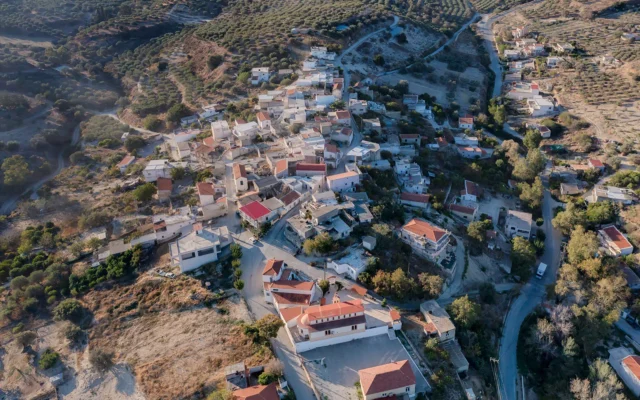

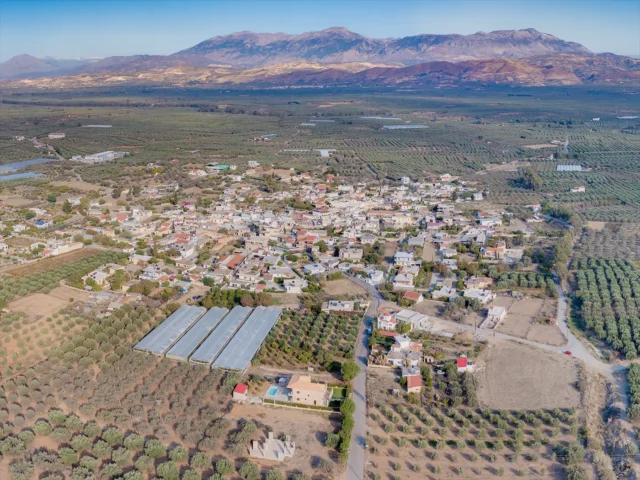


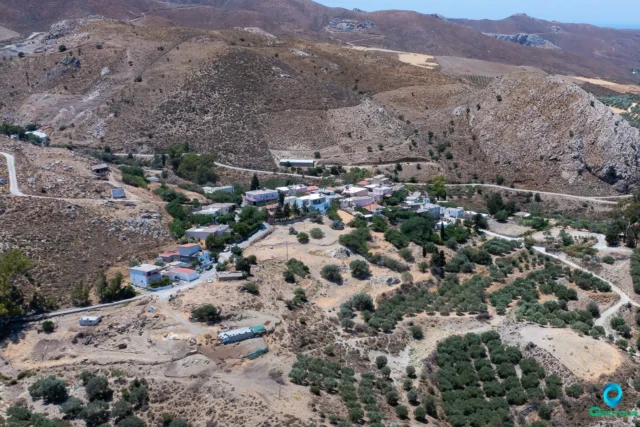
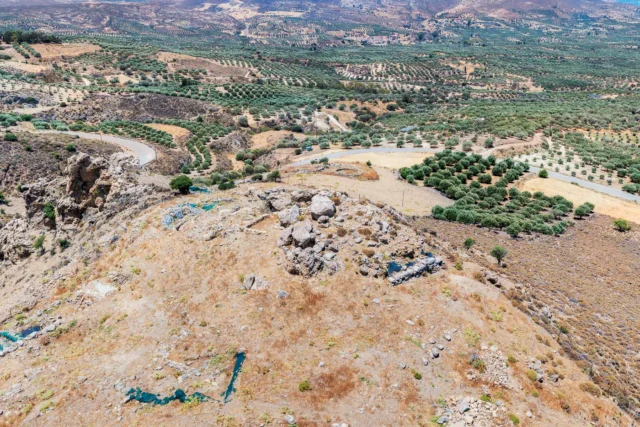
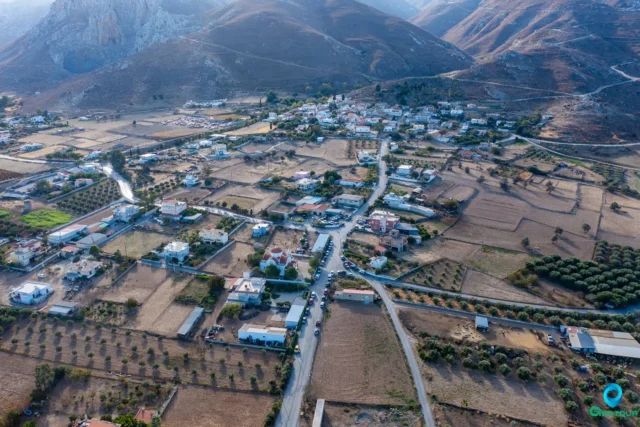


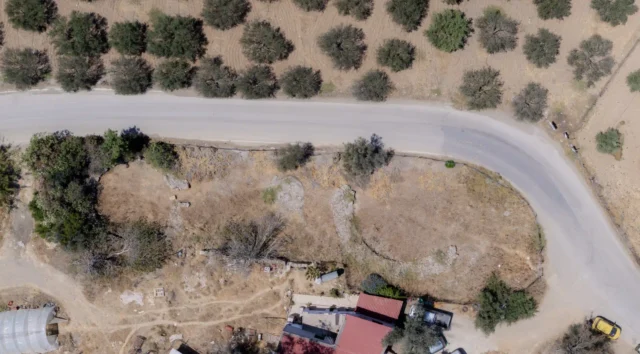

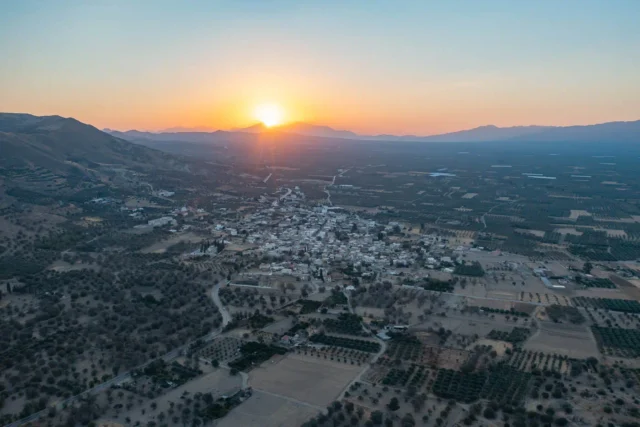

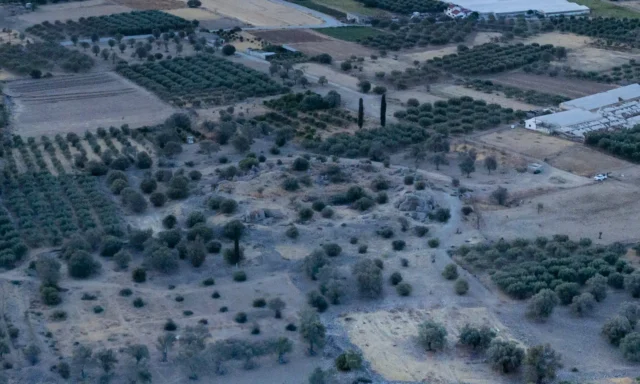
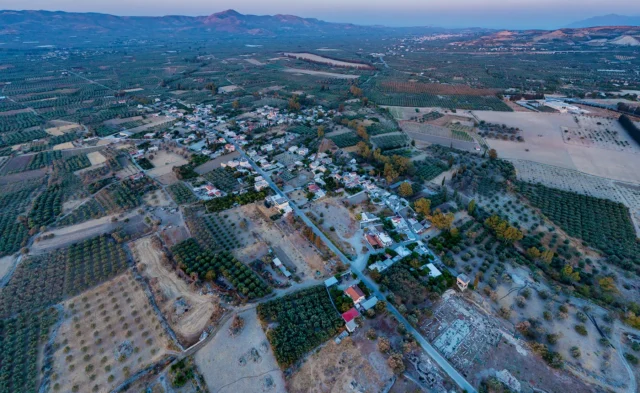

There are no comments yet.